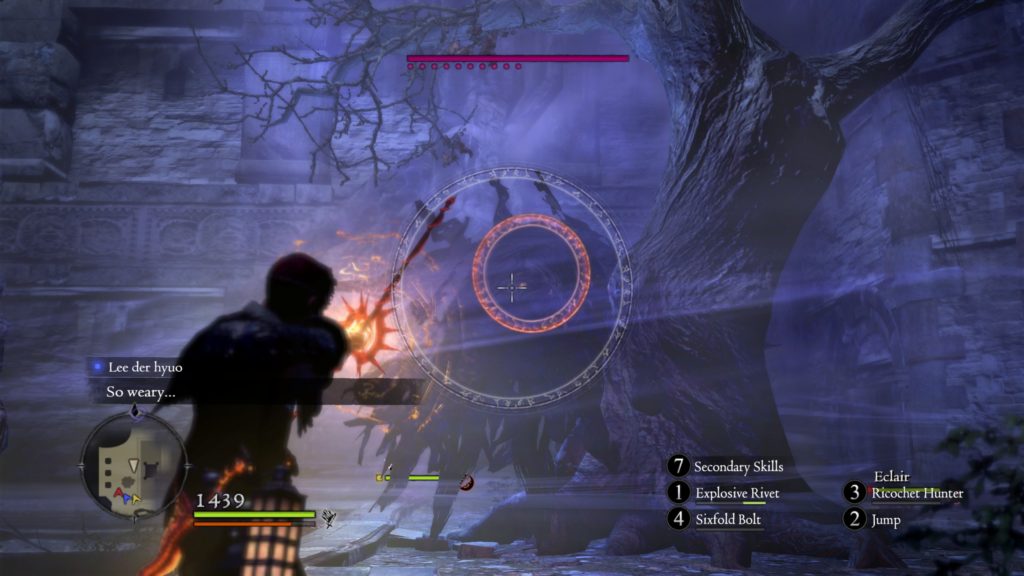
I bought this purely because of word of mouth on Broken Forum and apparently it is commonly considered to be an underappreciated gem. It wasn’t so successful upon first release outside of Japan but it seems that sales have slowly picked up as more people grew to understand what it’s about. One thing I didn’t realize how old the original game was. This means that although the PC release wasn’t all that long ago, the graphics still look very dated by modern standards.
As this was developed and published by Capcom, the presentation and graphics immediately remind you of Dark Souls. Then we get into the story and how you play as an Arisen whose heart was stolen by a rampaging dragon and then revived, making the parallels even more eerie. But the great irony is that this game’s design philosophy is if anything the absolute opposite of Dark Souls. Where that great classic is all about precision and control, Dragon’s Dogma is wildly chaotic. Where it was a masterpiece of level design with all of its locations interconnected in complex and interesting ways, this one is a game that cares not one whit about level design. In fact, it’s so lazy about it that many of its dungeons simply consist of the same room templates repeated over and over again. Plus while you may die many, many times while learning an area in Dark Souls, you aren’t really meant to grind. This one however does expect you to traverse the same areas over and over again to grind for experience points and items.
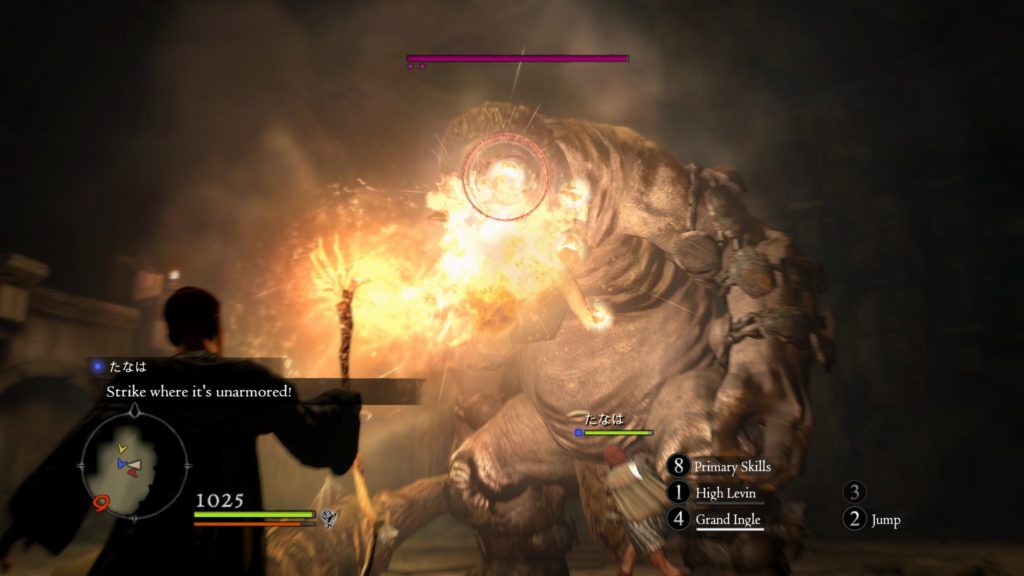
The first source of chaos is that you’re not meant to be a solo adventurer in this game. In addition to your main character, you get to build a main pawn who levels with you. You can also hire up to two extra support pawns who never level but you can release them and hire new ones whenever you want. The cool multiplayer aspect here is that if you go online, you can hire other players’ main pawn as your support and you can hire out your own to other players. The whole pawn system is very complex and is a huge part of the game. Pawns can learn how to complete quests and navigate areas so if your current quest is one that they know, they’ll run to the objective and ask you to follow them. They can also learn how to fight specific enemies and bosses. This makes a huge difference in their combat effectiveness as they really can take advantage of weaknesses and employ the best tactics.
The game has classes as well, called vocations, and like most RPGs, this determines what equipment characters can use, what skills they can have equipped and what stats they gain as they level. Both the main character and the main pawn can change vocations and you often do have to do that to build a great character. You may even want to switch vocations to deal with different enemies or bosses. Where the game gets crazy are the skills. Mages start with standard magical bolts and fireballs but can upgrade to become sorcerers with huge spells that fill the screen and a spell that can kill anything so long as you can finish the extremely long casting time. Magick Archers have ricochet which as its name implies lets shots bounce against walls and thus absolutely murders anything in tight spaces.
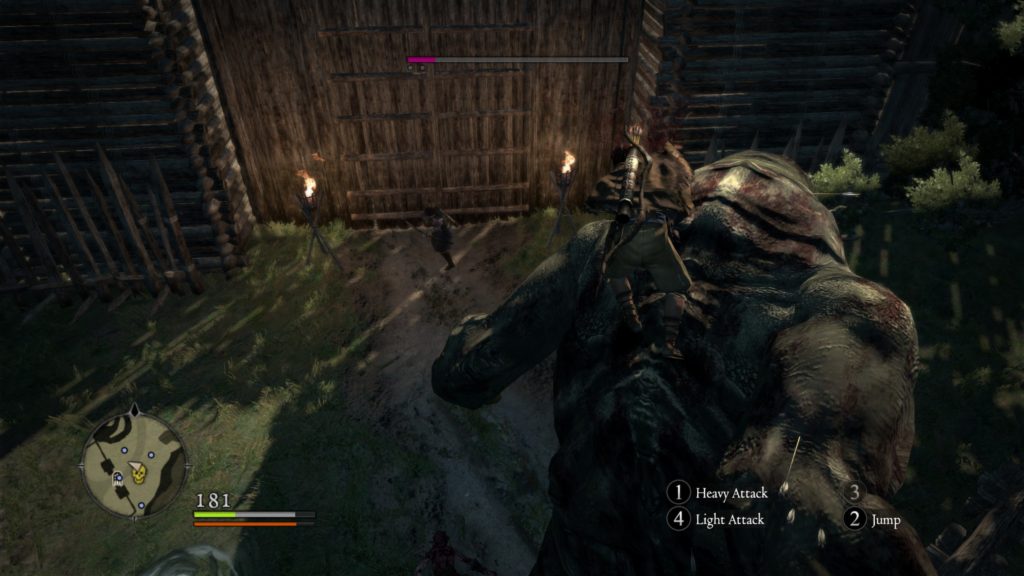
You need these skills however as you regularly fight large enemies in this game, big enough that they consist of multiple targetable parts. Pawns can work together by holding down an enemy for others to strike or climb up large enough monsters to strike at vulnerable parts. This is probably why so many people love this game because as chaotic as it can get, combat is a lot of fun and there are so many abilities to experiment with, especially when you add in the pawns and how members of a team can complement with one another. The pawn AI can be frustrating at times but I am shocked by how smart they can be. The monster AI is impressive as well as there are so many different animations. They can grab you as you try to climb them, they can get enraged, staggered, stunned, grab weapons etc. It’s amazing how much work went into all this.
Unfortunately so much else of the game design feels like it comes out of the dark ages. For example there is no respec option at all and you only ever have just one character slot at any one time. Even now, I can hardly believe it. There is no fast travel option but you can get a limited number of objects that let you mark a location and recall yourself back to it later. Apparently in the original game you had to use up a consumable object to recall but at least now you’re given an infinitely reusable ferrystone instead. The game is also horrible to obsessive completionists because you can very easily miss quests or fail them as you progress through the main quest or even fail to notice some NPCs at certain points in the game. Finally there are a ton of side quests but almost all of them consist of tedious make work: kill x of this creature, escort an NPC to that location, collect y of such and such object. For many of these, you can’t even expect to automatically complete them as you play, because there’s no way you’re going to kill a dozen crows or collect 66 skulls through normal playing. You really do have to go out of your way to actively work on them and it’s as boring as you’d expect.
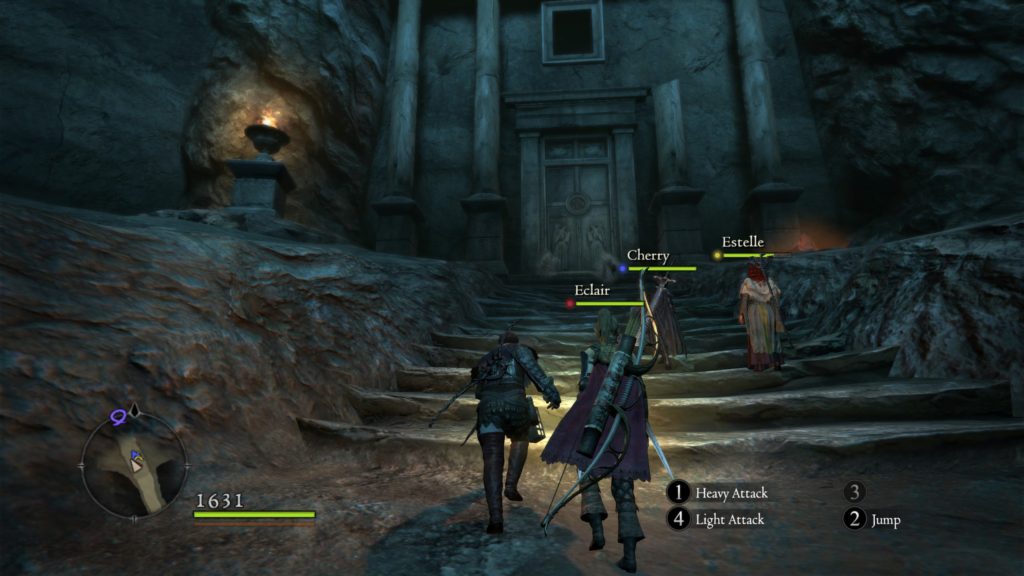
The reason for this is because the world is really quite small. It feels big as first and rather scary at night because of the dark and how more powerful monsters are spawned. But there’s not much to the world at all so the game has to send you back to the same places over and over again to do quests. And you need to do them because how else are you going to grind levels, vocations, discipline points, gold, upgrade materials and so on? The arc for the main quests is actually quite short and it’s quite possible to very quickly speed through them. But if you do so, you’ll be far too weak to take on the multiple boss monsters that get thrown in your way, not to mention the dragon at the end of the game. After a while the world feels not much like a world at all but just a playground for you to farm for xp and items. Yet weirdly according to the lore, that really is what it is since if I understand it right, only the Arisen truly matters in the world.
I note that the main game isn’t really difficult if you do manage to do a reasonable number of side quests and know what you’re doing. But surprisingly killing the game isn’t the true end of the game as there still quite a bit left to do. To reach the true end, you need to do some grinding in the Everfall dungeon which is much harder than everything else in the game previously. This edition of the game also includes Bitterblack Isle and the content there is again much harder by another order of magnitude. It’s basically just a huge dungeon with a boss at the end. The beginning parts aren’t too bad but towards the end, it’s filled with monsters that will easily one-hit kill you. When I reached the final boss room I was around level 70 but I read that you’re supposed to be around level 100 to 130 to kill the boss. So I couldn’t do it and realized that it meant that I was supposed to do a whole lot more grinding and just gave up on the game at that point.
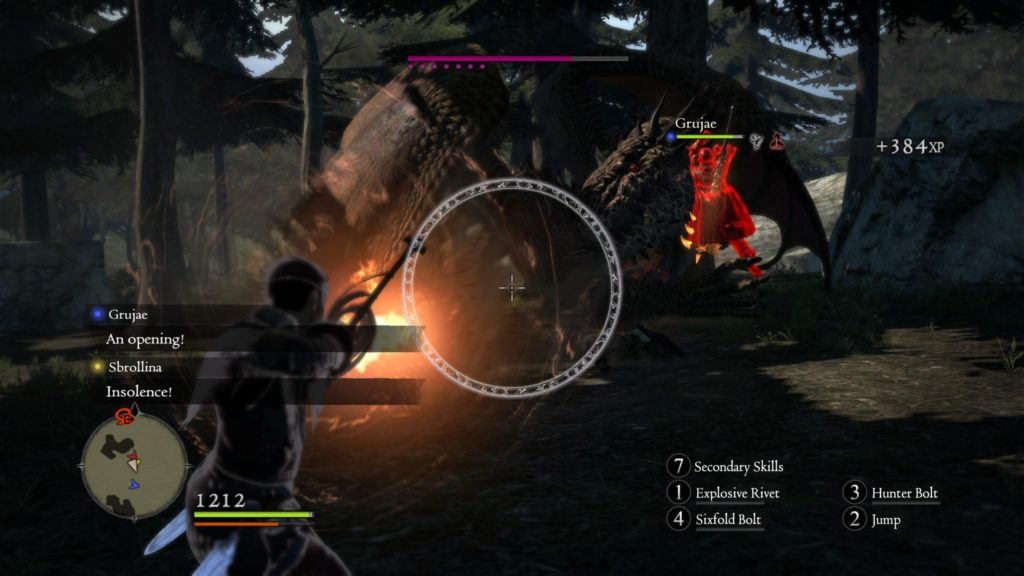
That brings me to my final beef with this game. There are so many items in it it’s just overwhelming. So many consumables to heal, buff, cure debuffs, so many upgrade materials, so many crafting materials, that I don’t really want to expend the brain power to work through them all. It reminds me of how I love the neatly defined and curtailed healing system in Dark Souls. Here you can chug a ridiculous number of buffing items or even have infinite stamina provided you brought enough stuff to the fight. I was shocked that you can even stack the effects of the items that boost your attack power and that you are all but required to do so to be able to do a reasonable amount of damage to the Bitterblack Isle final boss. That’s a complete turn off for me and I hate having to do this kind of inventory management in action games.
It does have to be said that I have never seen anything like this pawn system in any other game and innovation is always good. I also love that the designers are willing to go totally over the top with those super powerful skills even if it’s incredibly frustrating that the user interface strictly limits how many you can have equipped at a time. Fighting the huge monsters and needing to take advantage of their weak points is great as well. But so much of the game is just so obnoxious and hostile to the player. The world badly needs to be bigger and more interesting. The final twist of the story is delicious but there needs to be more to the main quest than this. I deeply hate any kind of design that requires the player to grind. As it is, this feels like an admittedly pretty cool combat system and then nothing but an endless series of battle arenas to let you fight in. Overall underappreciated gem sounds about right. It should be better known for the cool stuff that it does but there are good reasons why this isn’t the great game that Dark Souls is as well.